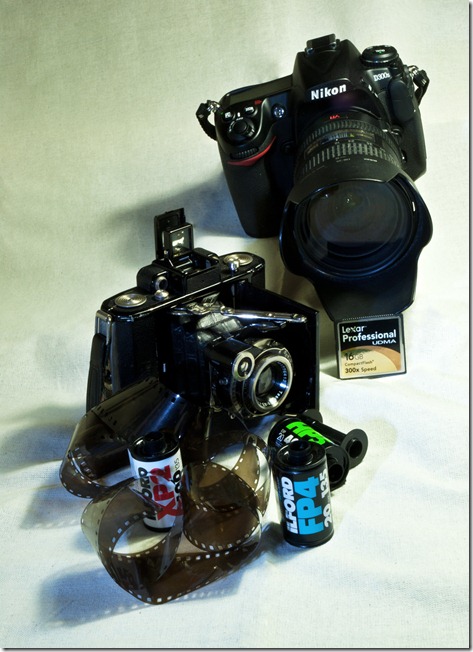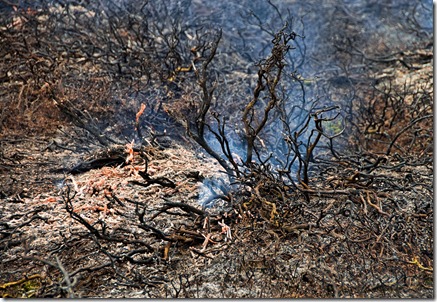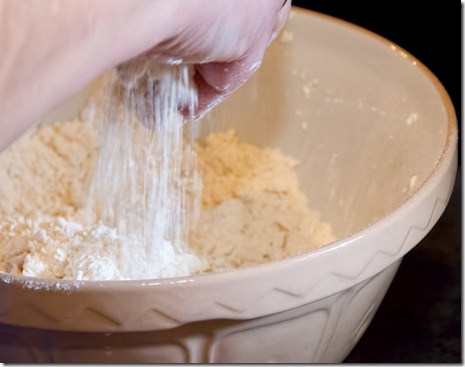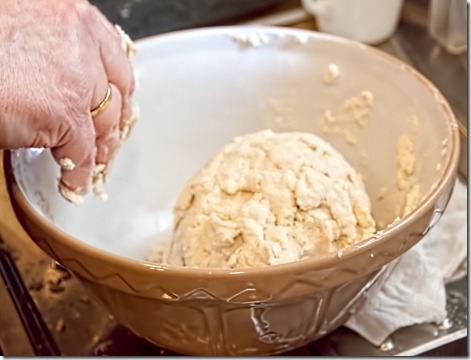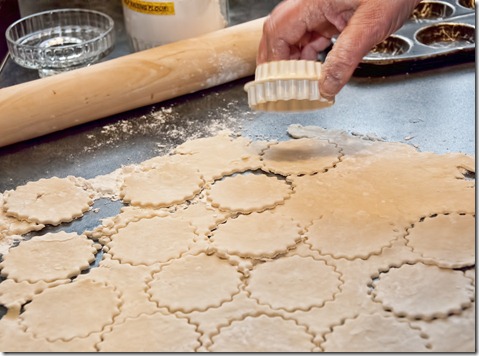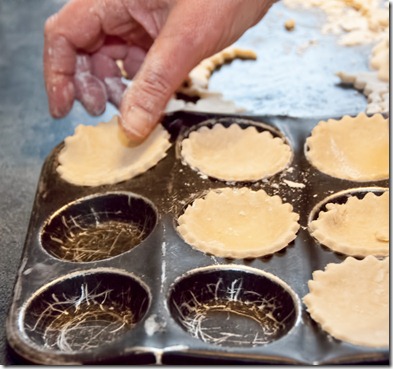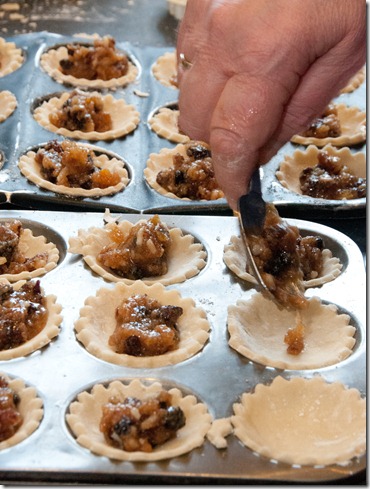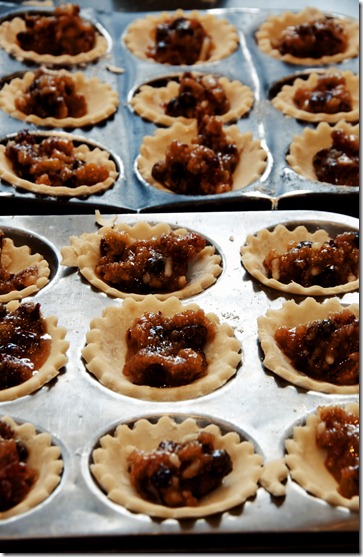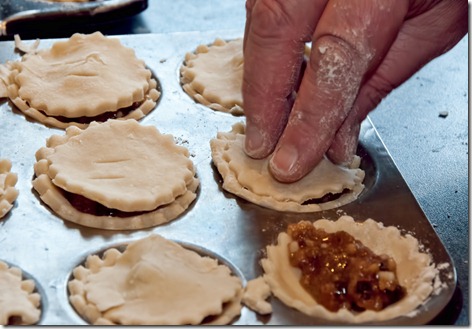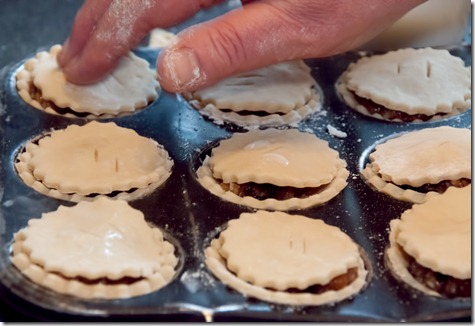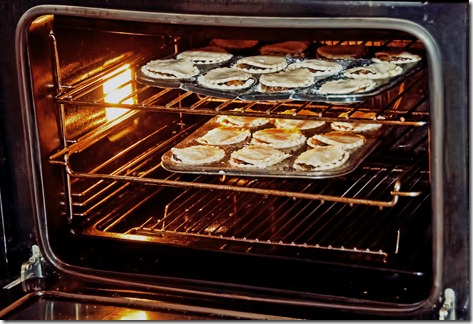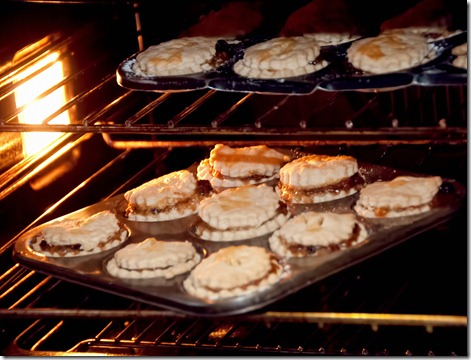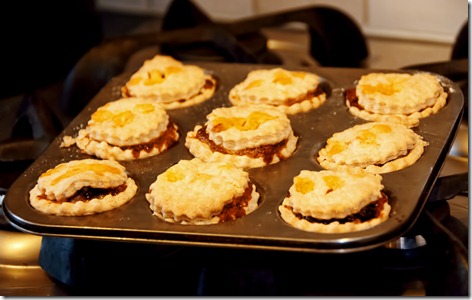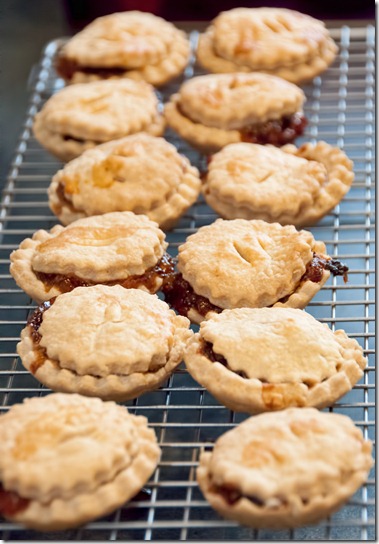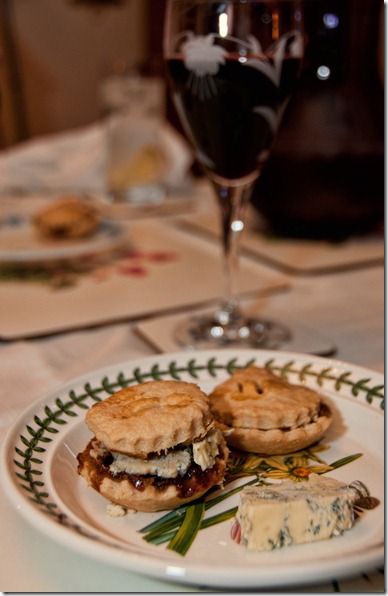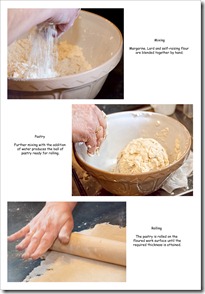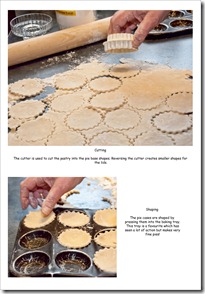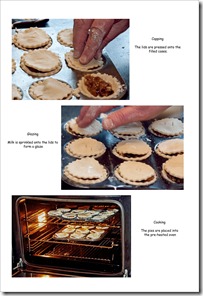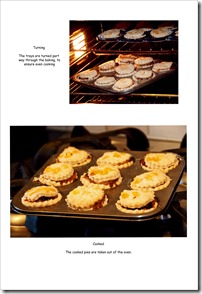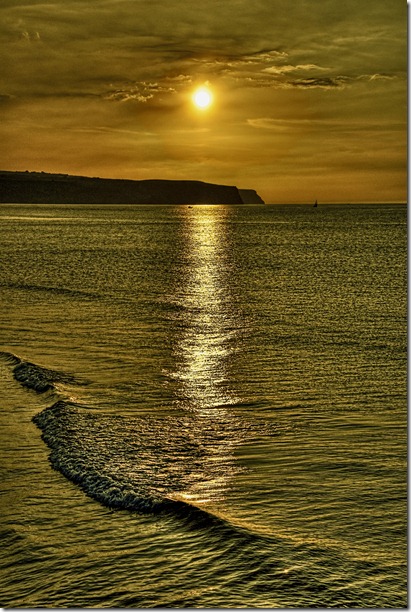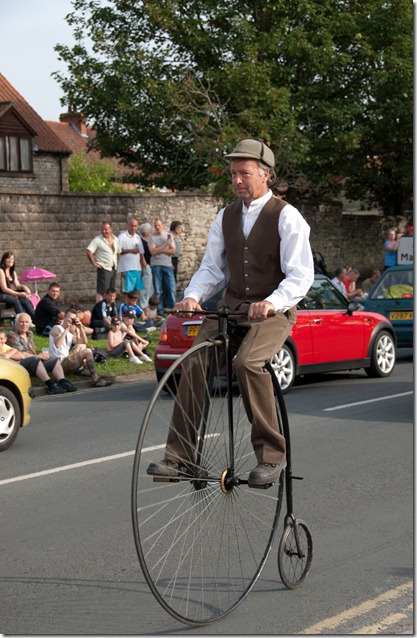Symbols which reflect the given subjects may include the following:
Growth:
· Any plants, but particularly young saplings / sprouting seeds / seedlings. Trees are often used as symbols of long term investment growth.
· Tall buildings
· Arrows pointing upwards or outwards.
· Young children
· Stacked piles of coins
· Upward trending graphs
All these can be used to encourage investment, so they could be used in photographs for financial advertisements.
They could also be used as pointers to create implied lines in an image.
Used in juxtaposition, a sapling in front of a mature oak could be a really strong image of growth.
Excess:
This depends a great deal on what kind of excess is being considered
· Doing something in excess (being excessive)
Over-eating could be portrayed by overweight, fat animals – typically a pig.
Over-drinking could be portrayed by empty beer cans, groups of part full glasses and empty wine bottles.
Driving too fast could be portrayed by road kill, overturned cars etc.
All these subjects could be highlighted using road-signs with limits of the criteria or warning signs advising the safe limits. I suppose skull and crossbones could symbolise all these, when taken to the extreme.
· Having excess (too much left over)
Rubbish tips are an obvious sign of excess.
Litter and debris on beaches also points to too much waste.
These could be used anywhere that a point is being made regarding waste. Put it alongside the recycling symbols to make an impact, or alongside dead sea-creatures to shock.
Crime:
Crime comes in all kinds of situations, so there are lots of different ways of symbolising it and to warn against it.
Typically we see:
The thief with his swag bag 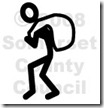 the mugging
the mugging 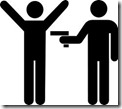
signs of capture 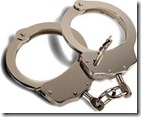 and justice
and justice 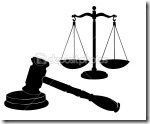
These symbols could also be used in the advertising of insurance, alongside the umbrella described in the text (don’t forget the excess!)
Images of crimes can be really forceful in bringing home the effects on the victims, so these would be better used if the intention was to make the viewer aware of the implications of crime. Use these with the symbols of capture and justice to bring the message home.
Silence:
The most used symbol for silence is a finger placed vertically over the lips:
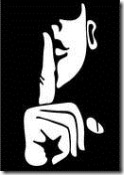 It can be taken further
It can be taken further 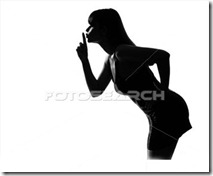
Or stylised 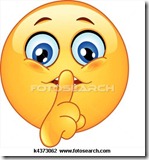
Another phrase is ‘zip it’ 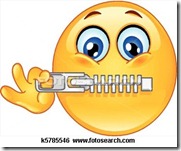
All of the above are commanding the viewer to be silent, whether it means ‘no talking here’, or ‘don’t say anything to anyone’, or ‘it’s a secret’ etc. So these symbols could be used in this context in an image. The concepts could be used in composing an image.
Poverty:
There are many horrendous images of people in poverty but very few symbols depicting it. The logos of various aid organisations are available –
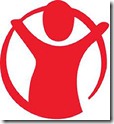
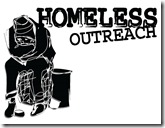

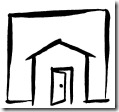
But very few depicting poverty itself
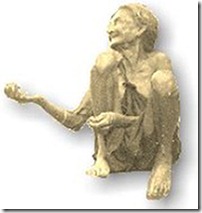
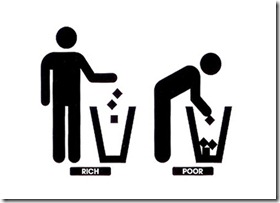
An image which always comes to mind is the begging bowl, I couldn’t find a symbol, so I’ve created this:

These could be used in campaigns to raise awareness of the problems. How they’d help alleviate the problems is another matter entirely!
